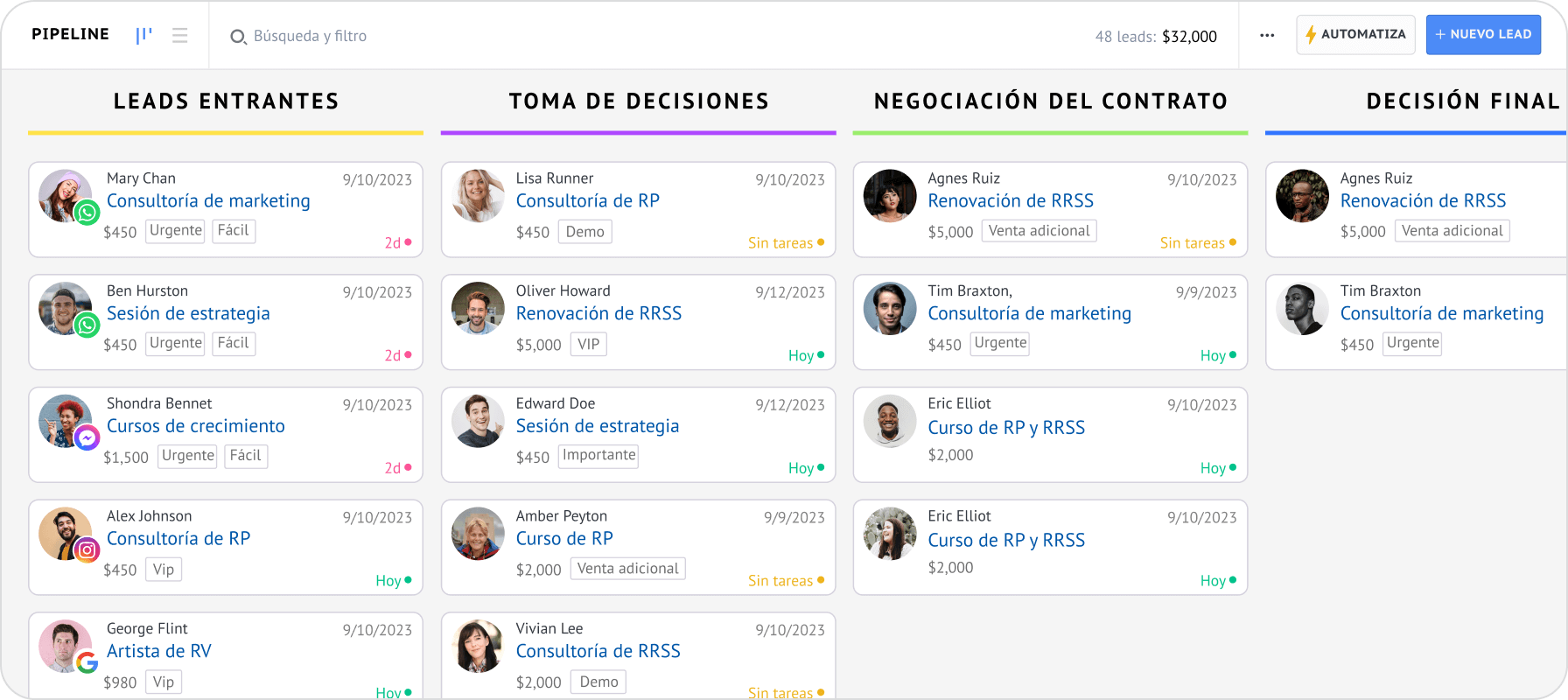Contextual advertising trends in Europe
Contextual advertising in Europe continues to develop, one of the key trends is the increasing use of artificial intelligence to optimize advertising campaigns. These technologies allow advertisers to analyze large amounts of data, which in turn helps them better understand user behavior and adapt advertising offers.
Another important aspect is the growing importance of content localization. The European market is characterized by a diversity of languages and cultures, which requires advertisers to be more careful when creating advertising materials. Localized ads that take into account the cultural characteristics and preferences of the target audience show better results. Therefore, companies operating in Europe must pay attention not only to linguistic aspects, but also to cultural nuances in order to effectively interact with consumers.
On the other hand, growing concerns about data privacy are also affecting contextual advertising. The introduction of new regulations, such as the General Data Protection Regulation (GDPR), is forcing advertisers to rethink their strategies. They must find a balance between advertising effectiveness and respecting users’ privacy rights. This is leading to an increase in interest in contextual advertising based on content rather than personal data, which allows for more ethical and transparent advertising campaigns.
Equally important is the development of software technologies for automating advertising purchase processes. Software platforms allow advertisers to manage their campaigns more efficiently, optimizing costs and increasing return on investment. This also facilitates a faster response to changes in the market situation and consumer preferences, which is an important competitive advantage.
Effective strategies for advertisers
One of the key strategies is audience segmentation. Advertisers must understand that the same ad may be perceived differently in different countries. For example, what works in Germany may not work in Spain. Therefore, it is important to conduct a detailed analysis of the target audience in order to tailor messages and offers to specific markets. Using analytics tools and user data will help to identify the preferences and behavior of potential customers, which in turn will allow you to create more personalized advertising campaigns.
It’s also worth paying attention to the choice of platforms for placing contextual advertising. There are many popular platforms in Europe, such as Google Ads and Bing Ads, but there are also local players that can offer unique opportunities. Advertisers should carefully choose platforms based on where their target audience spends most of their time.
An equally important aspect is the creation of quality content. In a highly competitive environment, advertising must stand out and attract attention. This can be achieved through creative and original ads that not only inform but also entertain. Using bright images, videos, and interactive elements can significantly increase user engagement. In addition, it is important to monitor the relevance of content and adapt it depending on seasonal trends and events.
Comparison of contextual advertising platforms
Contextual advertising in Europe is an important tool for businesses seeking to attract the attention of their target audience. In this context, it is worth considering the various platforms that offer contextual advertising services and comparing them by key parameters.
Let's start with Google Ads, one of the most popular platforms in the world. Google Ads offers a wide range of options for customizing advertising campaigns, including targeting by keywords, geographic location, and user interests. Thanks to Google's huge user database, advertisers can achieve significant reach. However, despite its advantages, Google Ads can be quite competitive, sometimes resulting in high costs per click. However, its powerful analytics tools allow you to track the effectiveness of your campaigns and make necessary adjustments.
When comparing Google Ads to other platforms, it’s worth mentioning Bing Ads. While not as popular as Google, this platform offers unique benefits. For example, Bing users often have higher income levels and may be less receptive to advertising, making them more valuable to certain businesses. Additionally, the cost per click on Bing is typically lower, which may be attractive to small and medium-sized businesses. However, it’s worth noting that Bing’s audience reach is significantly smaller, which may limit opportunities for some advertisers.
Localization of advertising campaigns in Europe
The success of advertising campaigns largely depends on their localization. Localization is not just translating text into another language, it is a deep understanding of the cultural, social and economic characteristics of each country. In Europe, where there are many languages and cultures, this process becomes especially important.
When companies plan their advertising campaigns, they should take into account that each country has its own unique preferences and habits. For example, in Germany or Austria, consumers may be more inclined to research a product in detail before buying, while in Spain the emphasis may be on the emotional component of advertising. Therefore, adapting content to local realities can significantly increase the effectiveness of advertising efforts.
It is also important to consider the differences in laws and advertising regulations in different countries. For example, some European countries have strict restrictions on advertising certain products, such as alcohol or tobacco. Therefore, before launching an advertising campaign, it is necessary to carefully study local laws and regulations. This will not only help you avoid legal problems, but also build trust in your brand among local consumers.
Localization also involves choosing the right channels to advertise on. While one country may have a strong social media presence, another may be more likely to use search engines or specialized platforms. For example, in Northern European countries, users often prefer platforms that focus on ecology and sustainability. Therefore, it is important to conduct market research to determine which channels will be most effective for your target audience.
An equally important aspect is the adaptation of visual content. Images that are well received in one culture may be inappropriate or even offensive in another. For example, the use of certain colors or symbols may have different meanings in different countries. Therefore, it is worth paying attention not only to the text, but also to the visual elements of your advertising.
It’s also worth keeping in mind seasonal and cultural events that may impact how your ad is perceived. For example, some countries prioritize holidays like Christmas or Easter, while others may focus on national holidays or events. Taking these factors into account will help make your ad more relevant and appealing to local audiences.
Analysis of competitors in contextual advertising
It’s also worth paying attention to how your competitors interact with users. Study their ads: what messages they use, what offers they make, and what their calls to action are. This will help you understand what approaches work best in your niche. For example, if you notice that your competitors often use discounts or special offers, it may be worth considering implementing similar strategies in your advertising.
An equally important aspect is analyzing your competitors’ target audience. Understanding what audience your competitors are targeting can help you identify unoccupied niches or market segments that you can exploit to your advantage. For example, if your competitors are targeting a younger audience, you may be able to attract a more mature audience by offering unique solutions that meet their needs.
It’s also worth paying attention to the geographical aspect of contextual advertising. In Europe, there are significant differences in consumer preferences and behavior across countries. Therefore, it’s important to consider how competitors adapt their advertising campaigns depending on the region. This may include the use of different languages, cultural characteristics, and even seasonal trends. Understanding these nuances will help you create more targeted and effective advertising campaigns.
Additionally, don’t forget to monitor the results of your competitors’ advertising campaigns. Use analytics tools to track their successes and failures. This will allow you to not only evaluate the effectiveness of their strategies, but also adapt your own approaches in real time. For example, if you notice that certain competitors’ ads are getting high click-through rates, this may be a signal to study their content and apply similar elements to your campaigns.
The Future of Contextual Advertising on the European Market
It’s worth first considering how changes in legislation and data protection affect contextual advertising. In Europe, where strict rules such as the General Data Protection Regulation (GDPR) are in place, advertisers must be especially careful about how they collect and use user data. This creates both challenges and opportunities. On the one hand, companies may face restrictions in data collection, which can make targeting more difficult. On the other hand, it opens the door to a more ethical approach to advertising, which can increase consumer trust and improve brand image.
In addition, with the growing popularity of mobile devices and applications, contextual advertising is becoming increasingly relevant. Consumers spend a lot of time on their smartphones, and this creates unique opportunities for advertisers. Using geolocation and other technologies allows companies to offer more personalized and relevant ads, which in turn can lead to increased conversion. Thus, adaptation to mobile platforms is becoming an integral part of successful contextual advertising.
It’s also worth noting that artificial intelligence and machine learning are starting to play a major role in contextual advertising. These technologies make it possible to analyze large amounts of data and identify patterns that can be used to optimize advertising campaigns. For example, algorithms can predict which ads will be most effective for a particular audience, allowing advertisers to fine-tune their strategies. As a result, companies can not only reduce advertising costs, but also significantly increase their effectiveness.
An equally important aspect is the change in consumer behavior. Modern buyers are becoming more knowledgeable and demanding. They are looking for not just products and services, but values and experiences. This means that contextual advertising should not only be informative, but also emotionally appealing. Advertisers should focus on creating content that will resonate with the target audience, rather than simply selling a product. This requires a deeper understanding of customer needs and desires, which in turn can lead to longer-term relationships with them.
Leave your contact details to discuss your goals for launching advertising campaigns in Europe.






